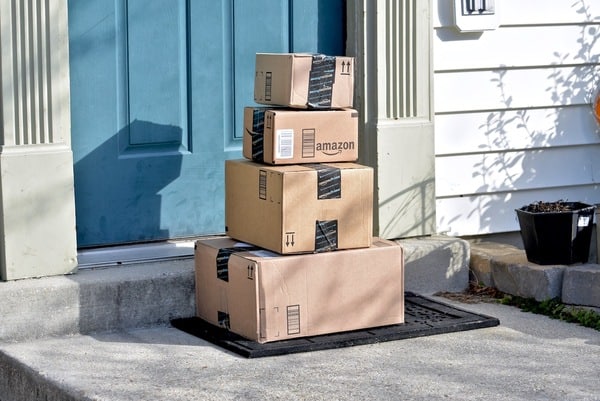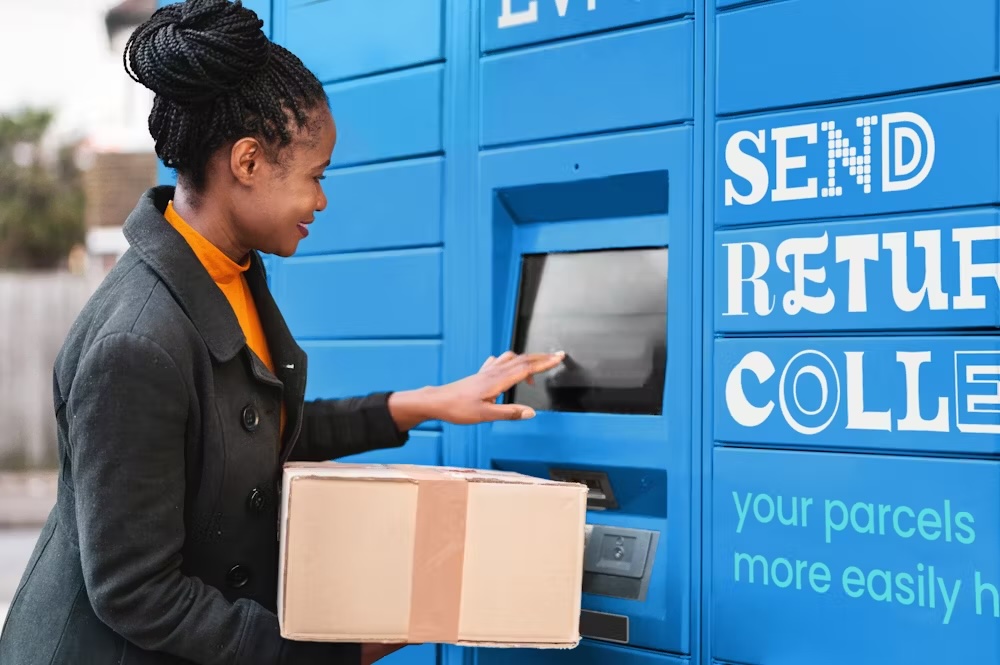Amazon says it will improve the delivery experience and boost productivity as it moves on from two years of fast, pandemic-driven, growth. The retail, entertainment and technology giant, which today reports its first quarter pre-tax loss since 2015, says it has doubled the size of fulfilment networks that took 25 years to build in just two years since sales peaked with the onset of the pandemic. Now that it has built the capacity, it is focusing on how effectively its systems operate.
Expansion continues, with this year’s Amazon Prime Day set to take place in more than 20 countries this July, while the retailer expands the benefits of the subscription scheme to other retailers’ websites in its US domestic market. Amazon also says it is on track to achieve its target of running from 100% renewable energy five years early, by 2025, after launching 37 new renewable projects.
Amazon has reported net sales of $116.4bn (£92.5bn) in the first quarter of its financial year. That’s up by 7% on the same time last year. Operating income fell to $3.7bn (£2.9bn) from $8.9bn (£7.1bn) in the quarter to March 31 2022. At the bottom line it reported a net loss of $3.8bn (£3bn) – down from net income of $8.1bn (£6.4bn) a year earlier, and the first loss that Amazon has reported since 2015 – reflecting a pre-tax valuation loss of $7.6bn (£6bn) on its investment in electric vehicle company Rivian Automotive.
Looking ahead, Amazon expects second quarter net sales to grow by between 3% and 7% on last year to between $116bn (£92.3bn) and $121bn (£96.2bn) and to report an operating loss of between $1bn (£0.8bn) and $3bn (£2.4bn) – down from operating income of $7.7bn (£6.1bn) a year earlier.
“The pandemic and subsequent war in Ukraine have brought unusual growth and challenges,” says Andy Jassy, chief executive of Amazon. “With AWS [Amazon Web Services] growing 34% annually over the last two years, and 37% year-over-year in the first quarter, AWS has been integral in helping companies weather the pandemic and move more of their workloads into the cloud.
“Our consumer business has grown 23% annually over the past two years, with extraordinary growth in 2020 of 39% year-over-year that necessitated doubling the size of our fulfillment network that we’d built over Amazon’s first 25 years—and doing so in just 24 months.
“Today, as we’re no longer chasing physical or staffing capacity, our teams are squarely focused on improving productivity and cost efficiencies throughout our fulfillment network. We know how to do this and have done it before. This may take some time, particularly as we work through ongoing inflationary and supply chain pressures, but we see encouraging progress on a number of customer experience dimensions, including delivery speed performance as we’re now approaching levels not seen since the months immediately preceding the pandemic in early 2020.”
Customer experience improvements
During the first quarter of the year, improvements to the shopping experience have included the launch of Buy with Prime in the US, enabling them to take the benefits of their Amazon subscription – including free delivery and free returns – to third-party retail websites.
New ‘view in 3D’ technology enables shoppers in the US and Canada to see shoes at any angle, and customers in the US and India can buy clothing, homewares and beauty products from a stoppable stream of influencer-curated content on the Amazon shopping app.
Just walk out stores
Amazon now has 46 Amazon Fresh grocery stores, featuring its ‘just walk out’ technology’ in markets including the US and the UK. Its latest Seattle store is applying for Zero Carbon certification to reflect design upgrades that are expected to save nearly 185 tones of carbon a year compared to the industry-standard grocery store. Meanwhile a large Amazon Go store opened in the Washington area, where added features include food to take away and to order, and the just walk out technology has also been added to two US branches of Whole Foods Market and to a branch of WHSmith at LaGuardia Airport, New York.
Amazon has launched two humanitarian aid hubs in Slovakia and Poland to help people fleeting war in Ukraine, and has joined the Tent Partnership for Refugees, a non profit network of companies that helps to integrate refugees into new communities.
Sustainability
Amazon has launched the Amazon Aware brand of clothing, homewares and beauty products that are made from sustainable and recycled materials. It is also working with the US Department of Energy on research to reduce plastic pollution through new materials and recycling. Its team of materials scientists is working with the National Renewable Energy Laboratory to develop technologies and materials that aim to shift the full life cycle of plastics to be net-zero carbon.
It has also launched 37 renewable energy projects around the world as it moves towards its target of powering 100% of company operations with renewable energy by 2025 – five years ahead of its 2030 target. The latest projects increase its output capacity by 30%. So far Amazon says it has 310 renewable energy projects in 19 countries, capable of generating 15.7 gigawatts of clean energy – enough to power 39m US homes for a year.
Commenting on the update, Julian Skelly, head of retail EMEA, at digital transformation consultancy Publicis Sapient says: “The war in Ukraine and the impact on fuel prices is reducing the spending power of Amazon’s customers. This coupled with easing of lockdown restrictions and the gradual return to the high street means that 2022 will be challenging. The changing economic climate has started to hit Amazon’s revenue numbers, as consumers ease off on spending due to the current and anticipated increases in the cost of living. Amazon have reported a 7% growth to $116.4 billion but this growth is the slowest quarterly growth for the past three years.
“By contrast, the stickiness of the free shipping and additional subscription services of Prime have helped offset some of these challenges. Despite the 17% increase in the Prime subscription cost in the US, Amazon have seen little drop off in subscribers. Prime will likely benefit from the drops we have seen in Netflix subscriptions as households, when forced to consolidate subscription services, are likely to choose the Prime bundle over straight content.
“Going into 2022, Amazon were hoping that the impact of increased supply-chain and labour costs in 2021 were a thing of the past meaning that supply chain issues would have less impact in Q1 results relative to 2021. This doesn’t appear to have come true, with total operating profit decreasing to $3.7B compared with to $8.9B for Q1 last year. The issue is a key priority for Amazon, and according to Jassy, his teams are ’squarely focused on improving productivity and cost efficiencies throughout our fulfilment network’.
Amazon is an Elite retailer in RXUK Top500 research.









